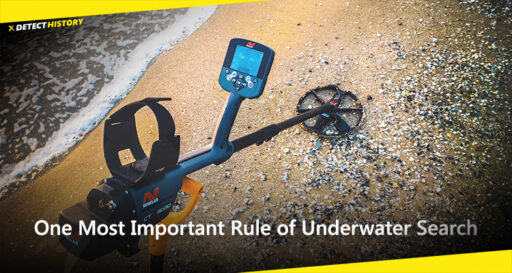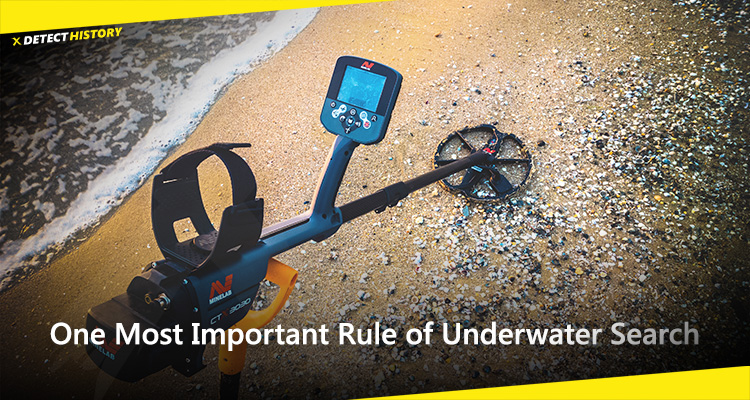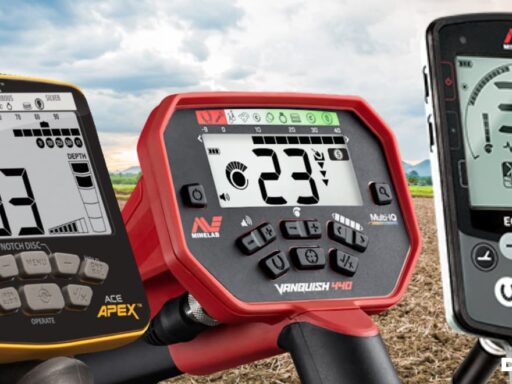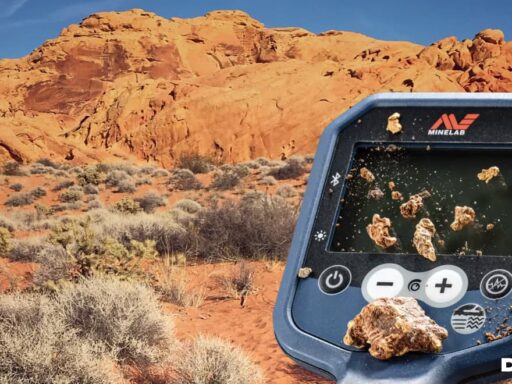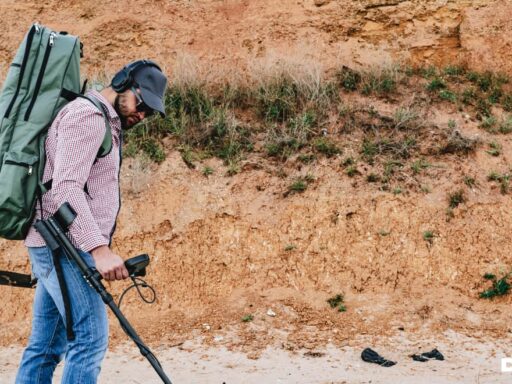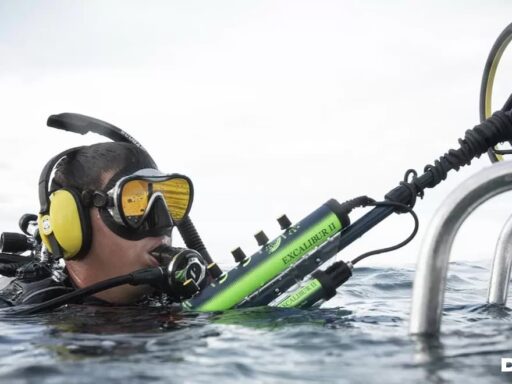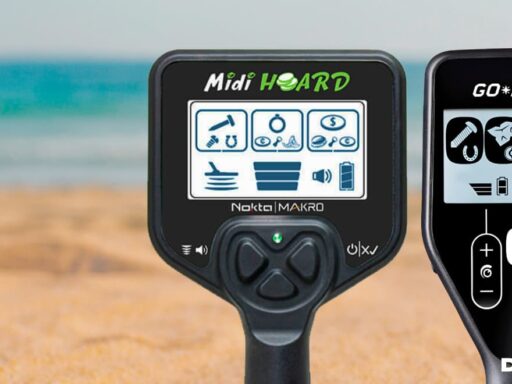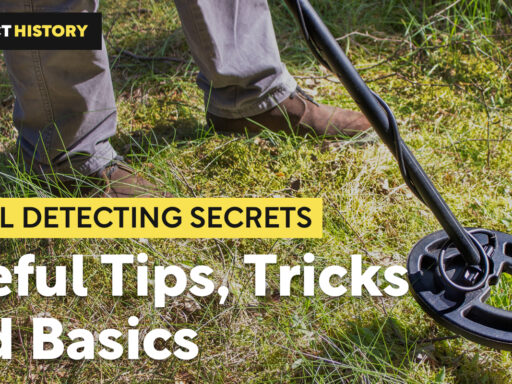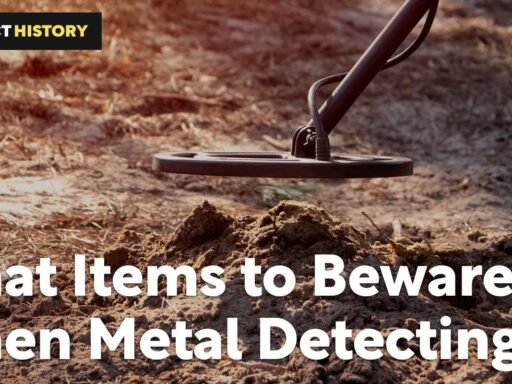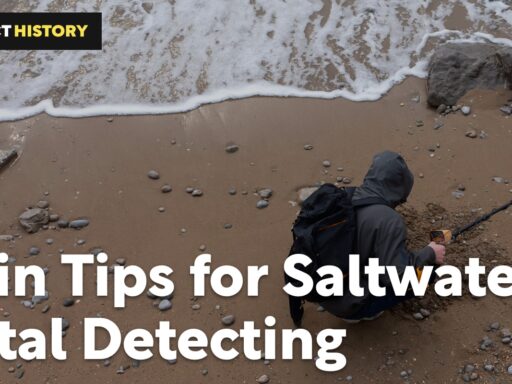As you may already be aware, shallow water and underwater metal detecting is hard but potentially very promising. There are several reasons for that.
Firstly, people tend to drop things in water bodies and have hard times finding them, because guess what, they do not have the necessary skills and equipment, they do not bother calling a diver, or they may not even notice they have dropped a golden ring while swimming.
Secondly, not each and every detectorist can simply go and search on the beach or underwater, because they would need both relevant devices, tools, and skills. So, this subniche of metal detecting definitely feels less crowded.
Thirdly, conditions of underwater search are always more complicated, and more variable, than on land conditions. Different weather, different currents, different water temperature, different water composition create different operating conditions every damn time. So, even experienced and well-equipped detectorists may fail to spot targets easily accessible to another newbie on another day.
However, the treasures and bling hiding in the depth of water bodies attract many seasoned detectorists. Most often than not, those treasure hunters who likes beach search organically move to shallow water search and underwater detecting as their next steps.
If you are not experienced in beach search, but dream of finding treasures on the seabed, well, this is the most important rule to consider:
Learn everything you can about beach search in the first place; then evolve into shallow water detecting, and only after that, give underwater search a try.
You cannot simply grab a waterproof metal detector and jump into the sea to dig out the riches, if you have never stepped out of the field or forest metal detecting. You will face a completely new set of challenges, and here’s why.
Target Identification
Shallow water and deeper underwater search is the place when you have the hardest time identifying what type of metal, or what type of target you have under the coil. Your Target ID will be impacted by currents, level of trash on the bed, water temperature, waves, mineralization and salts, etc., etc. Even such a simple thing as noise of waves, or screams of children bathing in the sea will make the whole process much harder for you.
Inability to identify what is underneath creates confusion and undermines your confidence. In many cases, you won’t even be able to stick a pinpointer closer to the potential target, or dig a little big deeper to get clearer signal, because the waves and currents will reduce your small digging to nothing.
This is why beach detecting is a necessary intermediary step to develop the skills necessary for underwater search. Start spotting and digging finds in wet sand, then slowly try shallow water, and so on.
Learning the Tones
Another big banana skin is that when you search underwater to the point that you submerge the whole metal detector together with the control unit, you stop seeing the display. Which means if you are used to Visual ID, you won’t see the display data anymore. Pulling the metal detector out of the water every time you hear a signal, and then put it back is a bad idea.
The way out? You need to learn the tones and types of signals your machine gives you, for every type of target. And we mean every type. You have to know by ear how your detector reacts to smaller and bigger targets, to targets on different depth, what sounds like ferrous metal despite discrimination, etc. You know the rang up for every potential find, to be able to make your search productive.
Moreover, if you search in windy weather, when there are waves, or if you search on a crowded beach, you will barely even hear the audio signal. Even headphones may be not very effective, because they still let some sounds in. So, you may want to use vibration mode if it is available, which means, yeah, learning all vibration signals.
And also, guess what. If shallow water and underwater search is new for you, you may be using a newly purchased metal detector. This complicates the process even more, as you have to get used to the machine overall, plus learn all the sounds and moves it makes when spotting a find.
Choose Your Metal Detector
And we cannot but mention the importance of choosing the right metal detector for underwater treasure hunting. Yet, before you rush to purchase your own, take effort to talk to fellow detectorists and maybe borrow a waterproof machine for some time, to see how it feels like, and what features you need. Waterproof metal detectors are a bit more expensive, on average, so you don’t want to waste your money on stuff that eventually turns out unsuitable.
Conclusion
So, why starting on the beach? As you can see, shallow water and underwater metal detecting is not just more complicated – it is different from on land detecting. You need tools, and more importantly, you need skills. So take your time, manage the learning curve, borrow stuff to give it a try, and start small.
